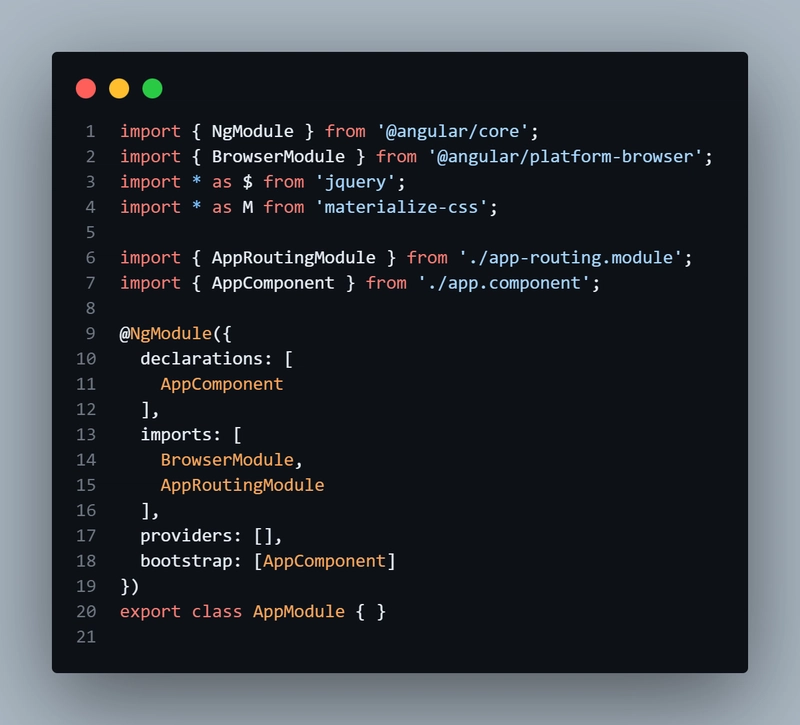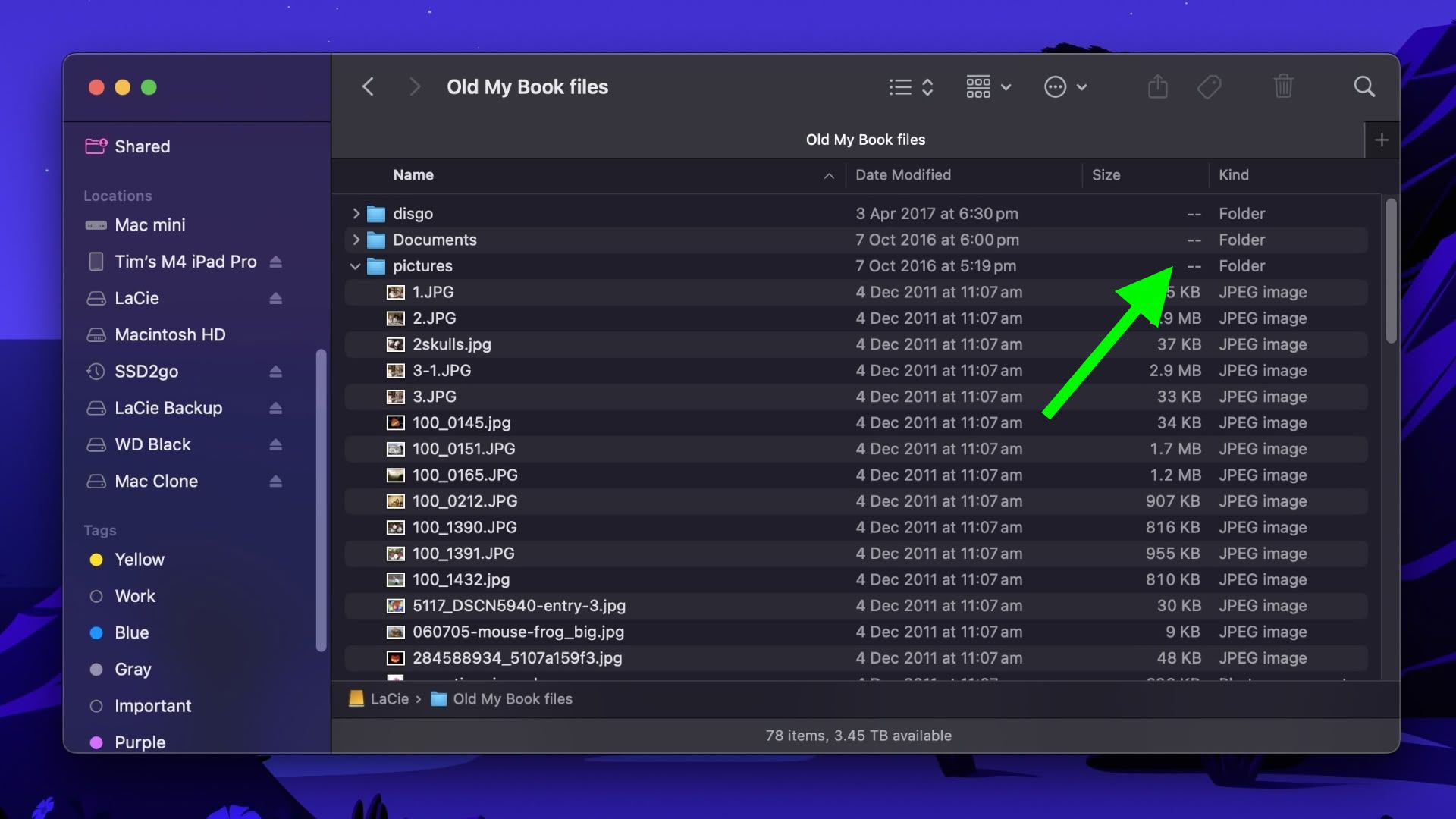nextjs reddit
nextjs reddit Next.js is a powerful React framework that enables developers to build fast, scalable, and high-performance web applications with ease. It extends the capabilities of React by providing a comprehensive set of features that facilitate server-side rendering, static site generation, and API routes, among other things. Before delving deeper into Next.js, it’s important to understand the distinction between frameworks and libraries. Libraries, like React itself, are collections of pre-written code that developers can call upon to perform specific tasks—essentially offering a set of tools for building applications. Frameworks, on the other hand, provide a structured foundation for building applications, imposing certain conventions and workflows that guide developers throughout the development process. Thus, Next.js falls into the category of a framework, specifically designed to enhance the development experience with React. If you're interested in mastering Next.js and want to stay updated with the latest tips, tools, and tutorials, be sure to subscribe to our blog or join our community. You can also explore AI tools like gpteach to help you with your coding journey! Key Features of Next.js File-based Routing: Next.js uses a file-based routing system which means that any .tsx file inside the pages directory will automatically become a route. For instance, a file named about.tsx will be accessible at /about. This makes setting up routes straightforward and intuitive. API Routes: Next.js allows developers to create API endpoints directly within the application. By creating files in the pages/api directory, developers can define backend functionality alongside their frontend code, which is ideal for handling form submissions, fetching data from databases, or integrating with third-party APIs. Static Site Generation (SSG) and Server-side Rendering (SSR): One of the standout features of Next.js is its flexibility regarding rendering methods. Developers can opt for Static Generation at build time or Server-side Rendering on each request, depending on the requirements of their application. This capability can significantly enhance performance and SEO. Image Optimization: The framework includes an image optimization feature that drastically improves loading times and overall performance by automatically serving optimized images suitable for different devices and screen sizes. Internationalization: Next.js has built-in support for internationalized routing, making it easier to create multilingual web applications. App Directory (New in Next.js 13 and onwards): The introduction of the app directory (app/) allows for an updated structure and new methodologies for building applications. It provides new conventions around layouts, templates, and page structures, making it easier to manage application state and improve performance. Incremental Static Regeneration (ISR): This feature allows developers to update static content after the application has been built and deployed, making Next.js a suitable choice for sites that require frequent content updates. Next.js 15: What to Expect With the upcoming Next.js 15, developers can anticipate enhanced features that further streamline development processes and optimize performance. Improvements might include updates to routing, middleware capabilities, and integrations with modern tooling that support React's evolving ecosystem. Best Practices in Next.js Development Organize Your Files Properly: Keep your components, pages, and API routes organized in appropriate folders. Following conventions helps maintain a clean codebase. Utilize TypeScript: Next.js has excellent TypeScript support, so consider using TypeScript for its type safety benefits, which can catch errors at compile time rather than runtime. Leverage Environment Variables: Store sensitive data and configuration options in environment variables to keep your code clean and secure. Optimize Performance: Utilize Next.js features like automatic code splitting and image optimization to enhance performance and loading times. Stay Updated: The React and Next.js ecosystems are rapidly evolving. Regularly check for updates and be sure to implement new features that can improve your application. By harnessing the power of Next.js, developers can create highly interactive and optimized web applications with React. Whether you are building a personal blog, a corporate website, or a robust web application, Next.js provides the tools and structure to make the process efficient and enjoyable. If you want to dive deeper into the world of Next.js and web development, don’t forget to check out resources like gpteach for additional help and insights!

nextjs reddit
Next.js is a powerful React framework that enables developers to build fast, scalable, and high-performance web applications with ease. It extends the capabilities of React by providing a comprehensive set of features that facilitate server-side rendering, static site generation, and API routes, among other things. Before delving deeper into Next.js, it’s important to understand the distinction between frameworks and libraries. Libraries, like React itself, are collections of pre-written code that developers can call upon to perform specific tasks—essentially offering a set of tools for building applications. Frameworks, on the other hand, provide a structured foundation for building applications, imposing certain conventions and workflows that guide developers throughout the development process. Thus, Next.js falls into the category of a framework, specifically designed to enhance the development experience with React.
If you're interested in mastering Next.js and want to stay updated with the latest tips, tools, and tutorials, be sure to subscribe to our blog or join our community. You can also explore AI tools like gpteach to help you with your coding journey!
Key Features of Next.js
File-based Routing: Next.js uses a file-based routing system which means that any
.tsxfile inside thepagesdirectory will automatically become a route. For instance, a file namedabout.tsxwill be accessible at/about. This makes setting up routes straightforward and intuitive.API Routes: Next.js allows developers to create API endpoints directly within the application. By creating files in the
pages/apidirectory, developers can define backend functionality alongside their frontend code, which is ideal for handling form submissions, fetching data from databases, or integrating with third-party APIs.Static Site Generation (SSG) and Server-side Rendering (SSR): One of the standout features of Next.js is its flexibility regarding rendering methods. Developers can opt for Static Generation at build time or Server-side Rendering on each request, depending on the requirements of their application. This capability can significantly enhance performance and SEO.
Image Optimization: The framework includes an image optimization feature that drastically improves loading times and overall performance by automatically serving optimized images suitable for different devices and screen sizes.
Internationalization: Next.js has built-in support for internationalized routing, making it easier to create multilingual web applications.
App Directory (New in Next.js 13 and onwards): The introduction of the app directory (
app/) allows for an updated structure and new methodologies for building applications. It provides new conventions around layouts, templates, and page structures, making it easier to manage application state and improve performance.Incremental Static Regeneration (ISR): This feature allows developers to update static content after the application has been built and deployed, making Next.js a suitable choice for sites that require frequent content updates.
Next.js 15: What to Expect
With the upcoming Next.js 15, developers can anticipate enhanced features that further streamline development processes and optimize performance. Improvements might include updates to routing, middleware capabilities, and integrations with modern tooling that support React's evolving ecosystem.
Best Practices in Next.js Development
Organize Your Files Properly: Keep your components, pages, and API routes organized in appropriate folders. Following conventions helps maintain a clean codebase.
Utilize TypeScript: Next.js has excellent TypeScript support, so consider using TypeScript for its type safety benefits, which can catch errors at compile time rather than runtime.
Leverage Environment Variables: Store sensitive data and configuration options in environment variables to keep your code clean and secure.
Optimize Performance: Utilize Next.js features like automatic code splitting and image optimization to enhance performance and loading times.
Stay Updated: The React and Next.js ecosystems are rapidly evolving. Regularly check for updates and be sure to implement new features that can improve your application.
By harnessing the power of Next.js, developers can create highly interactive and optimized web applications with React. Whether you are building a personal blog, a corporate website, or a robust web application, Next.js provides the tools and structure to make the process efficient and enjoyable. If you want to dive deeper into the world of Next.js and web development, don’t forget to check out resources like gpteach for additional help and insights!









































































































































































![[The AI Show Episode 144]: ChatGPT’s New Memory, Shopify CEO’s Leaked “AI First” Memo, Google Cloud Next Releases, o3 and o4-mini Coming Soon & Llama 4’s Rocky Launch](https://www.marketingaiinstitute.com/hubfs/ep%20144%20cover.png)


































































































































































































![Blue Archive tier list [April 2025]](https://media.pocketgamer.com/artwork/na-33404-1636469504/blue-archive-screenshot-2.jpg?#)































.png?#)









.png?width=1920&height=1920&fit=bounds&quality=70&format=jpg&auto=webp#)




























.webp?#)






















































































![PSA: It’s not just you, Spotify is down [U: Fixed]](https://i0.wp.com/9to5mac.com/wp-content/uploads/sites/6/2023/06/spotify-logo-2.jpg?resize=1200%2C628&quality=82&strip=all&ssl=1)



![[Update: Optional] Google rolling out auto-restart security feature to Android](https://i0.wp.com/9to5google.com/wp-content/uploads/sites/4/2025/01/google-play-services-2.jpg?resize=1200%2C628&quality=82&strip=all&ssl=1)













![Apple Vision 'Air' Headset May Feature Titanium and iPhone 5-Era Black Finish [Rumor]](https://www.iclarified.com/images/news/97040/97040/97040-640.jpg)


![Apple to Split Enterprise and Western Europe Roles as VP Exits [Report]](https://www.iclarified.com/images/news/97032/97032/97032-640.jpg)






































































































































